The greatest Antarctic survival story (almost) never told
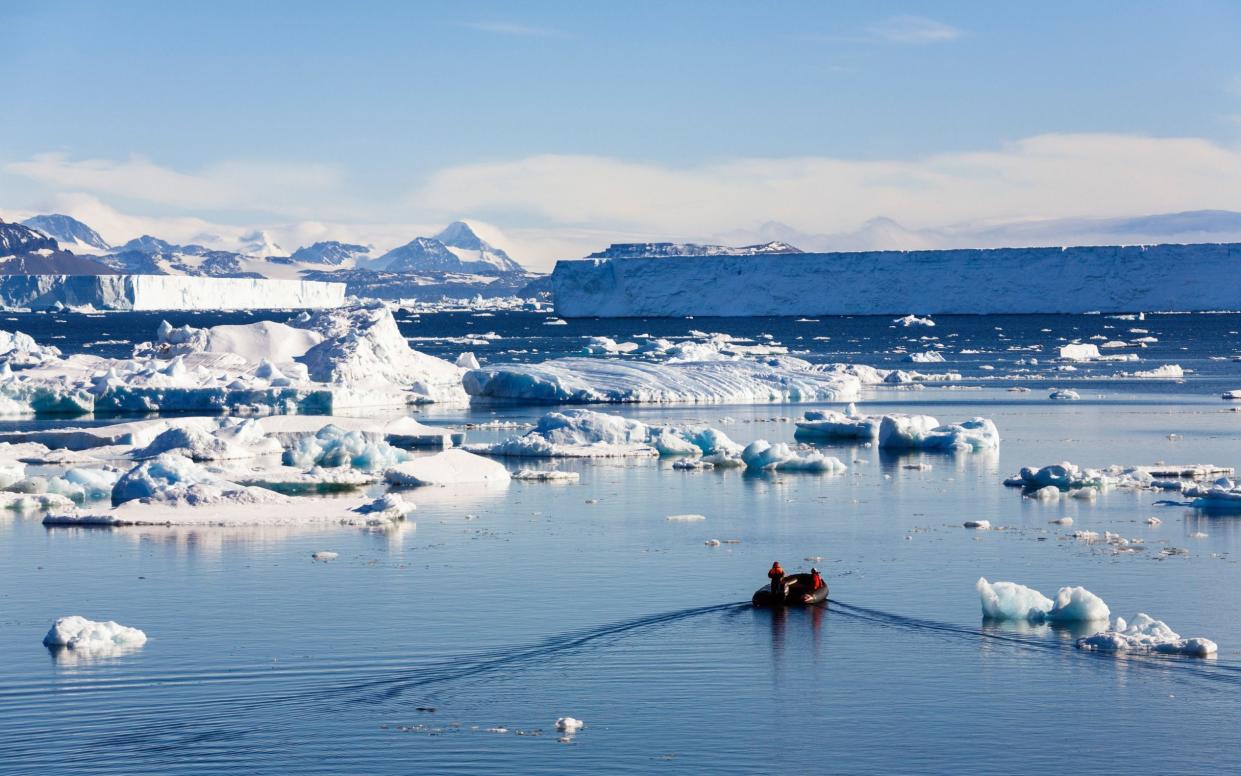
“The Weddell Sea,” wrote historian Thomas R Henry in 1950, “is according to the testimony of all who have sailed through its berg-filled waters, the most treacherous and dismal region on Earth.” These are the roiling, ship-crushing waters where Ernest Shackleton lost the Endurance. Common sense, therefore, might suggest tourists steer well clear – especially with the Antarctic winter fast approaching. Not in 2024.
“Venturing into the Weddell – long overlooked due to the challenges of shifting ice – is now expedition cruising par excellence, with the added excitement of following Shackleton’s footsteps,” says Alex Mudd of polar specialists Swoop Travel as we approached.
Except it wasn’t Shackleton’s footsteps I sought on my 14-day voyage but those of an obscure Swedish scientist, Otto Nordenskjöld, and one of the greatest Antarctic survival stories (almost) never told.
A decade before Shackleton’s travails, he endured two winters of unstinting hardship in the Weddell Sea after his vessel was beset by pack ice (a large mass of ice floating in the sea created by smaller pieces forced together). With more than 100,000 cruise passengers now visiting Antarctica each season, a trip to the frozen continent isn’t quite as special as it once was. Most voyages head to the Antarctic Peninsula’s western side, following a well-trodden conveyor-belt of landing sites, so I craved a different narrative, and Nordenskjöld’s pioneering spirit.
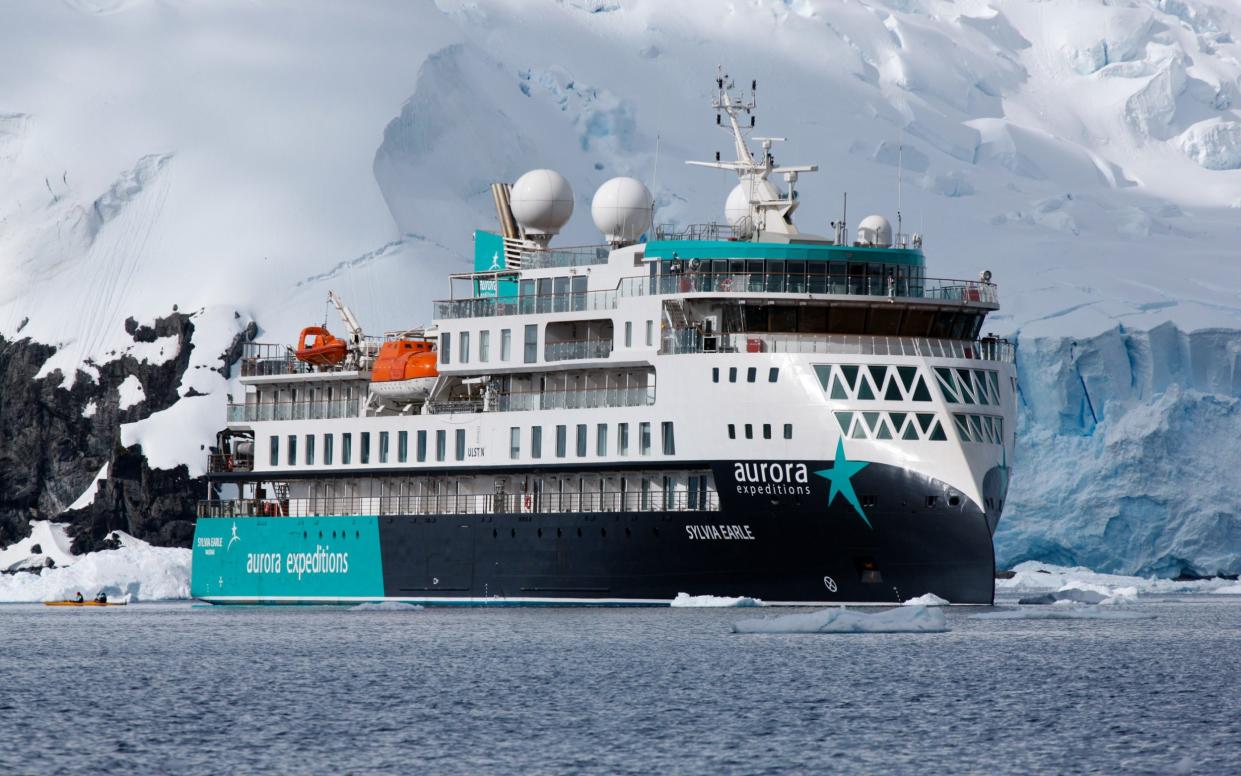
From the moment we entered the Drake Passage from southern Argentina, the voyage was rumbustious. The ship’s Anglo-American expedition leader, Ashley Perrin, addressed myself and 91 fellow passengers with some perturbing news after the captain’s welcome cocktail soirée. No, the prosecco hadn’t run out, but southerlies were forcing the Weddell Sea’s pack ice north towards its entrance. “The Weddell’s ice may be too difficult to penetrate and I’m sure nobody wants to be leaving it in the James Caird,” she warned, referencing Shackleton’s daring lifeboat escape. Projected on the screen behind her for maximum impact is a grainy image of Nordenskjöld’s Antarctic ship, crushed and sinking on February 12 1903.
Nordenskjöld’s saga was unwrapped during our progress south in lectures by ship historian Ben Maddison. Departing in 1901, he and his fellow scientists of the Swedish South Polar Expedition sailed into the Weddell with the deliberate intention of overwintering to collect meteorological and climate data. They constructed a prefabricated hut after being dropped off at Snow Hill Island in early 1902 and settled in for winter.
When Antarctic returned for them the following southern hemisphere’s summer, the three-masted barque was beset by unseasonably thick pack ice. The ship’s captain, CA Larsen, sent three men overland to warn Nordenskjöld that the Antarctic was stuck. But, unable to reach him, they built a stone hut to ride out the approaching winter. The same fate befell Larsen’s remaining crew after the ship sunk. Nordenskjöld had no idea why relief had not arrived and faced a second winter on Snow Hill with dwindling supplies. By March 1903 the expedition was fragmented into three parties, with no ship, and little hope.
“In the annals of polar history Nordenskjöld’s expedition was a triumph as they did incredible science in an area completely unknown,” says Maddison. “The adventure is relatively unknown because he wasn’t as glamorous as Shackleton.”
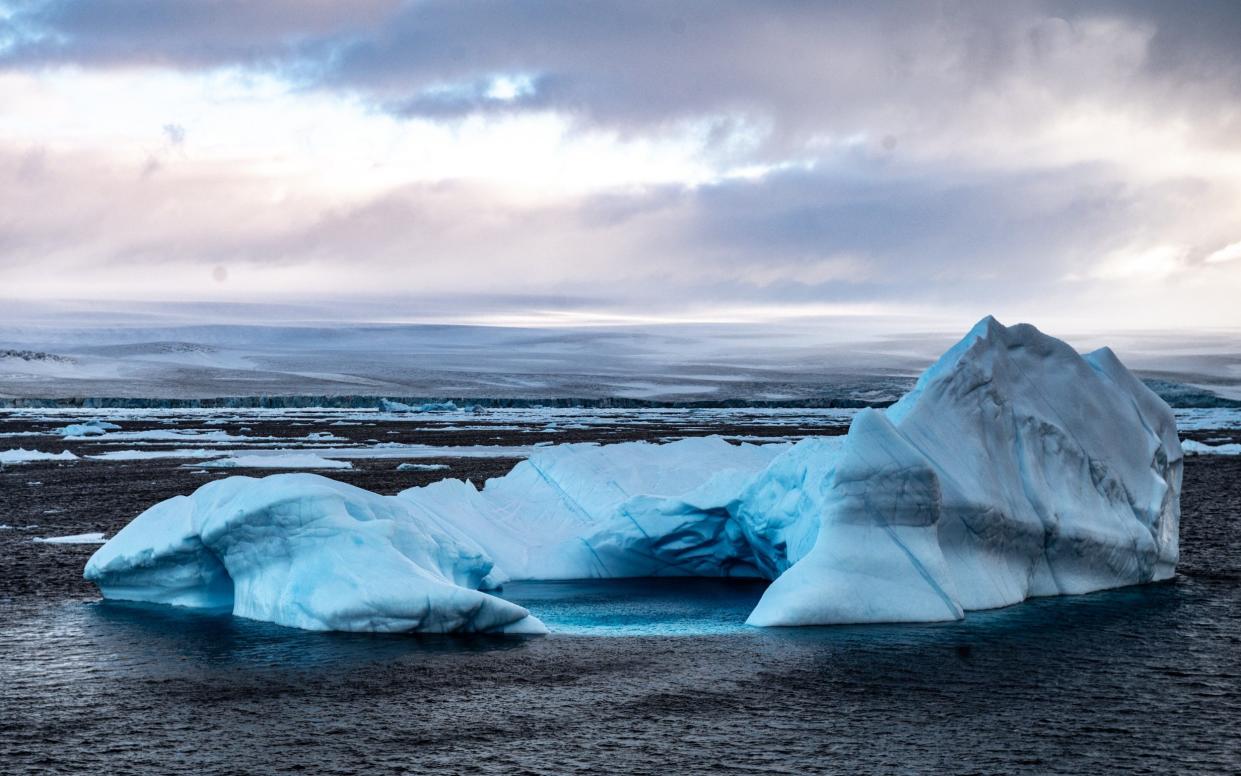
No such privations were endured as we made fair knots towards Antarctica. Our vessel Sylvia Earle’s rounded bow, a new design feature on polar ships, absorbed the wave energy so the passage was smooth. Besides lectures, we were shown how to make hoosh, which Nordenskjöld would’ve eaten: pemmican (dehydrated meat and fat) and sledging biscuits, boiled in melted snow. Without penguin or seal fat added, it’s perfectly palatable. Otherwise, I spent my time on the top deck watching albatrosses and icebergs glide effortlessly by.
After 36 hours we rounded the northern tip of the continent and slid through the narrow Antarctic Strait into the Weddell. It was a blue-sky morning with little hint of Perrin’s apocalyptic forecast. Watching flat-topped tabular icebergs many kilometres across, with not another vessel in sight, left us ecstatic.
We sailed close enough to view the scientists’ impromptu hut sites. On Paulet Island is a simple stone dwelling built by Larsen and his 20 crewmen in February 1903. Storing slain penguins, they roofed it with sailcloth and settled into refrigeration mode. An hour away is where the three sailors who’d been unable to warn Nordenskjöld had dug in for the winter. Their smaller hut is obscured by the modern orange buildings of the Argentine Esperanza-Hope Bay research base. The bay is cupped magnificently by tall fluted mountainsides of thick powdery snow.
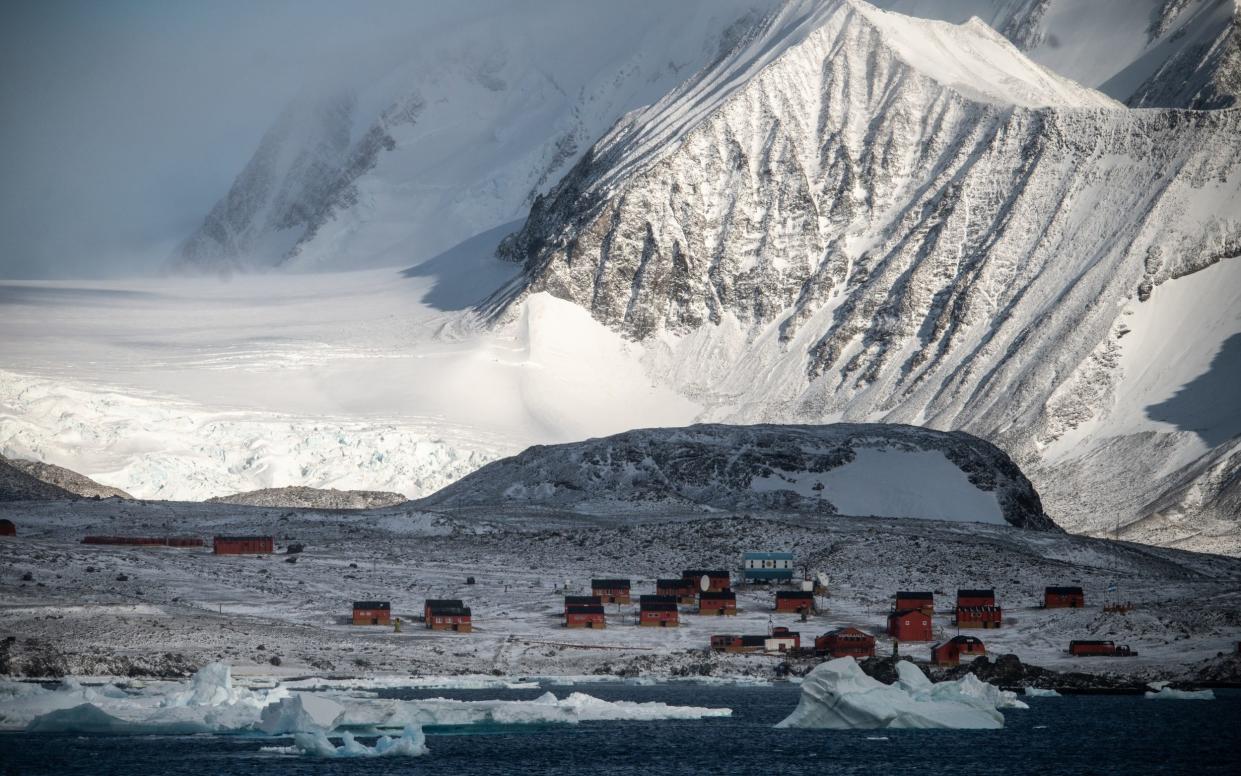
Alas, beyond this point, our nemesis waited. Amassed broken ice floes like splintered white chocolate stretched as far as the eye could see. There was no chance of making Snow Hill as this barrier was pushing north towards us. “The way to end up shipwrecked is to hang around between land and ice and get crushed. It can catch you out instantly,” says Perrin. I was up for adventure, but months marooned on ice floe coming up with creative ways to cook penguins was pushing it.
There was disappointment aboard, and personal guilt – I was fortunate enough to have reached Snow Hill on a previous voyage, and had been regaling passengers about my trip to Nordenskjöld’s creosote-black prefabricated hut, with a bunk room, a table and chairs and a coal-burner, which he shared with five other scientists for two winters. It sits at the mouth of a snow-free canyon with ammonite fossils that enabled Nordenskjöld’s team to make important contributions to the theory of continental drift.
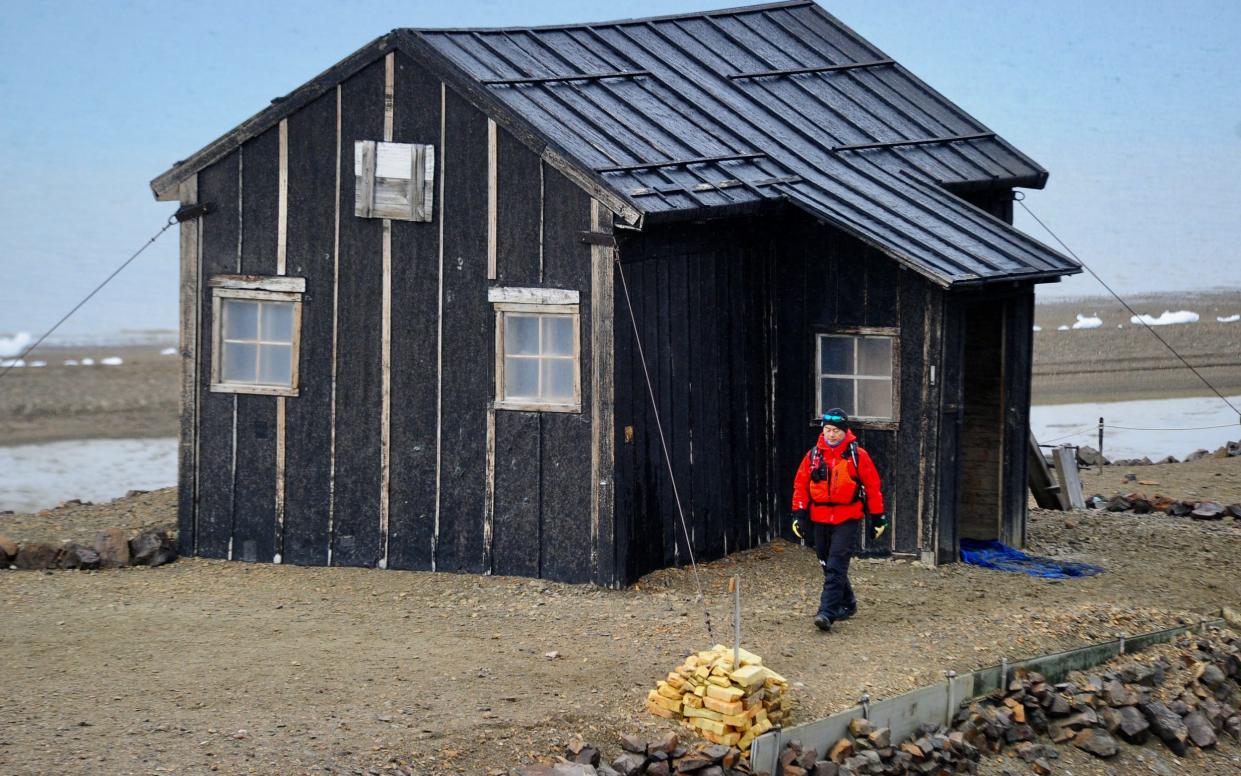
After nine hours in the Weddell, concern focused on seeking shelter before another biblical storm rolled in. We hurriedly exited and fled to the South Shetlands, an arc of islands hovering like a halo above the Antarctic Peninsula. After 24 hours there, we voyaged down the western Antarctic Peninsula, where 99 per cent of visitors go, and into the Bellingshausen Sea.
We were the summer season’s last ship. Winter’s onset now lent a bewitching veneer. Snowfall was heavy. Plastic embryonic sea ice meant every wave rippled as if covered in clingfilm. Port Lockroy’s British Post Office was shut, leaving gentoo penguins to finally enjoy peace at Antarctica’s most visited location. The high-walled Lemaire Channel, which Nordenskjöld sailed in 1902, was frenzied with feeding humpback whales. “There are so many because there is little marine traffic now to disturb them,” explains the on-board naturalist Heather Chrystie. Plan B, or was it C or D, had been a potential return to the Weddell, but by now it was completely ice-choked, and we ended steaming up the Drake towards Argentina to avoid 30ft swells.
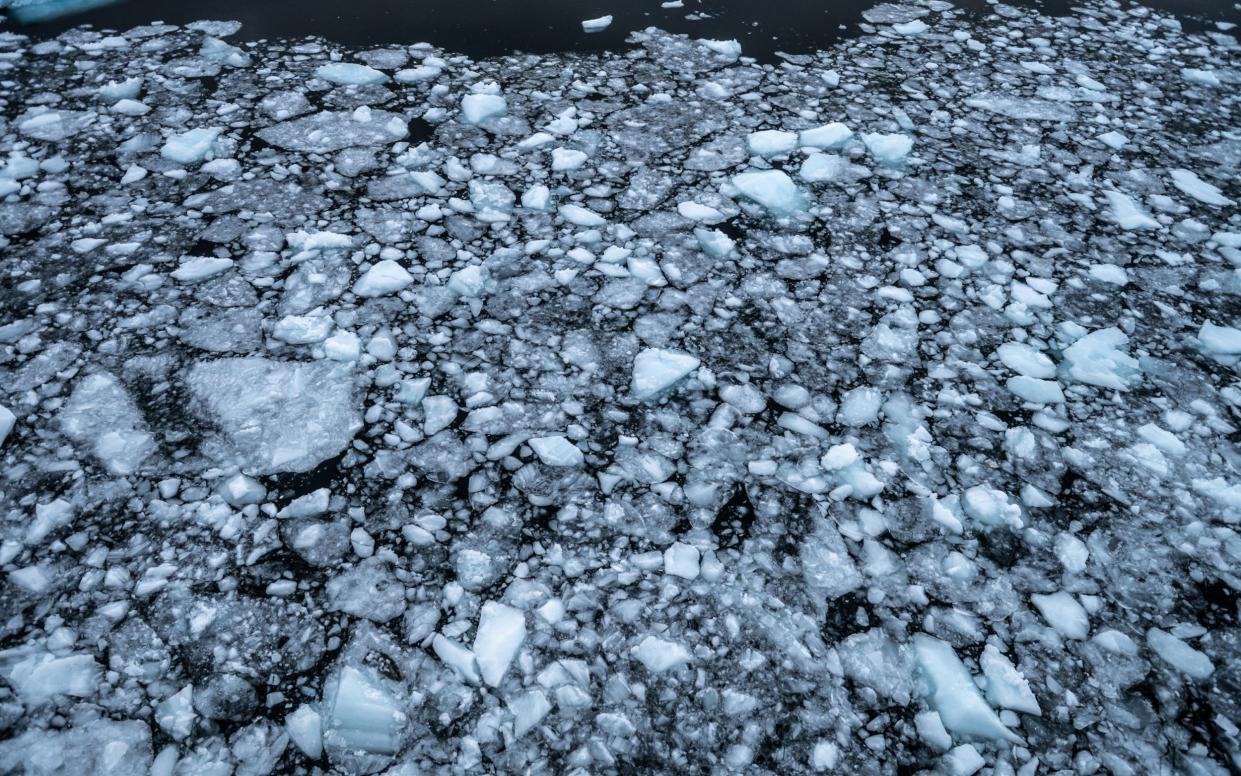
I sought closure on Nordenskjöld’s saga three days later in Buenos Aires, at Puerto Madero docks, where a perfectly-preserved Argentinian navy vessel, an 1874 three-masted corvette built in Birkenhead called Uruguay, is now a floating museum. Below deck, among the artefacts, is cutlery from Nordenskjöld’s expedition.
Fortuitously, one of Nordenskjöld’s team had been an Argentine navy lieutenant called José-Maria Sobral. When the Argentine high command noticed he hadn’t resurfaced by 1903 they dispatched Uruguay to investigate. Their passage was ice-free, and they reached Snow Hill in November that year. By this stage the three crewmen from Hope Bay had finally walked to Snow Hill and then just hours after the navy ship arrived Larsen and his men rowed in. The expedition was miraculously reunited and sailed back to Buenos Aires.
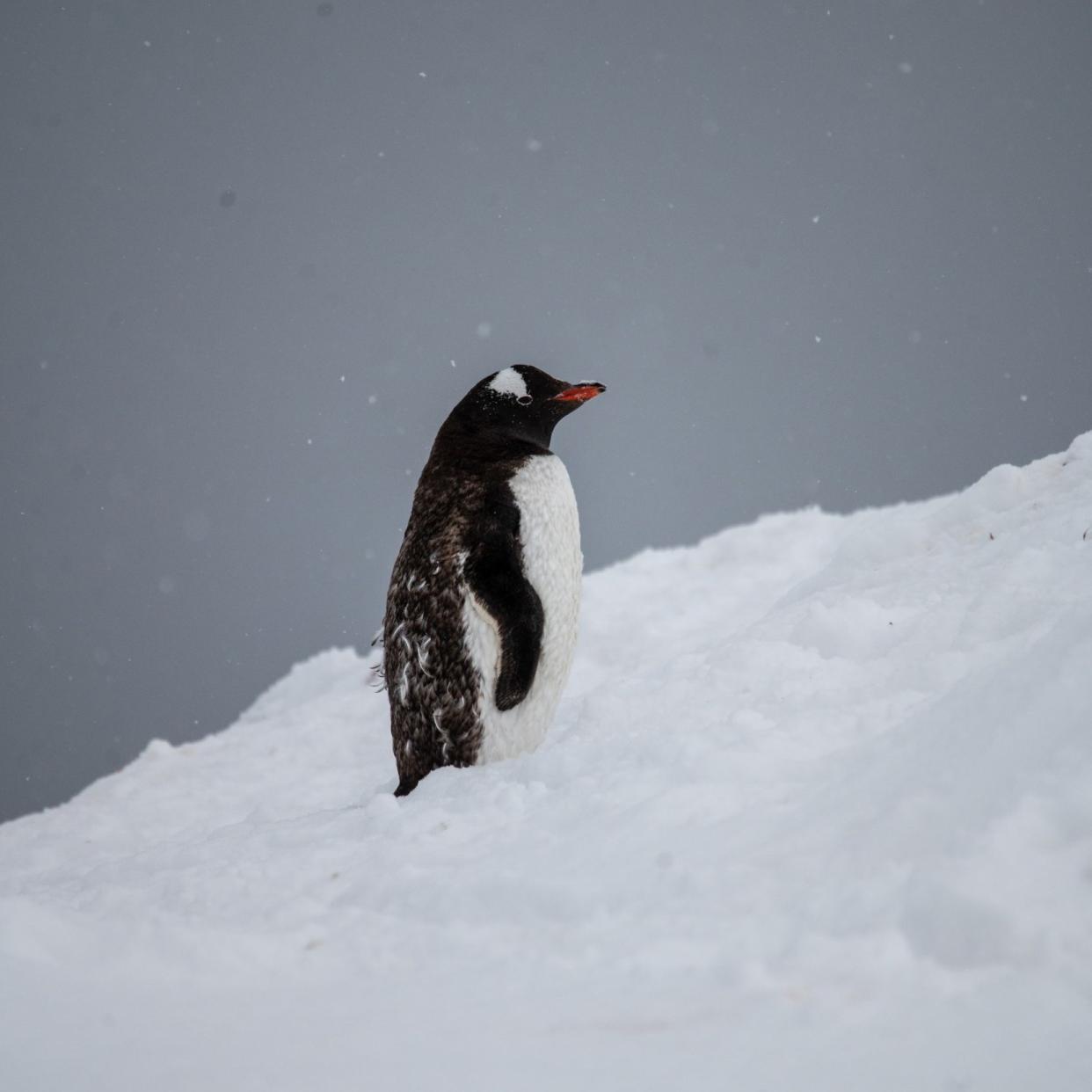
“Do you know Nordenskjold’s story?” asked a navy man collecting the 400 pesos (40p) entrance fee to the Uruguay. I nodded. I was hardly a member of the Weddell disaster club, but Antarctica’s wild late season seascapes had pulled my senses apart and reassembled them in a completely exhilarating way.
How to do it
Mark Stratton was a guest of Discover the World, which offers an “Antarctic Peninsula and the Weddell Sea” voyage on board Aurora Expedition’s vessel Sylvia Earle, departing in March 2025. Prices start from around £13,210 per person including international return flights from London to Ushuaia, via Buenos Aires. British Airways flies to Buenos Aires from £760 return.
You’ll need a night or two in Buenos Aires before connecting to the cruise port of Ushuaia. Casasur Bellini (two nights from £280 per person) and the opulent Palacio Duhau Hyatt (two nights from £600 per person) are recommended.


